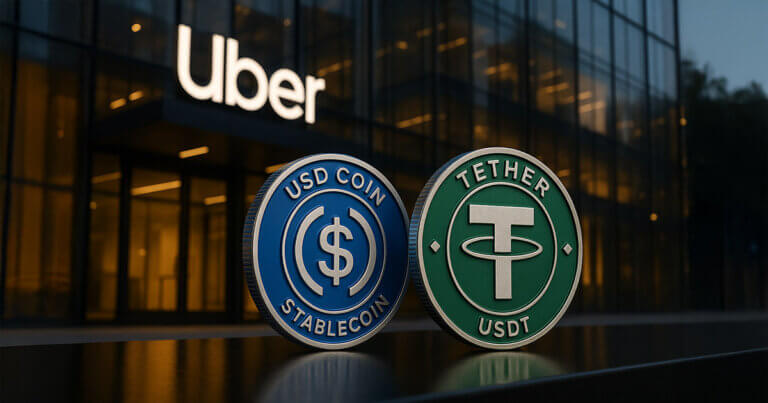Key Takeaways:
- SoFi shares have fallen 20.8% this year, despite gaining 65.8% in the past 12 months. Investor sentiment remains mixed.
- While Needham rates SoFi a “buy” with a $20 target, Morgan Stanley is cautious, keeping an “underweight” rating at $13.
- Analysts predict SoFi could reach $13.73 in a year and $17.56 by 2030, depending on revenue growth and business expansion.
SoFi Technologies (NASDAQ: SOFI) saw its stock suffer a sharp fall on Wednesday taking it down by 6.66% to close at $12.20.
The decline continued into Thursday morning, as the stock narrowly dips again to $12.10 making it a total loss of 20.8% since the start of the year.
Although they had a strong start in 2025, they are having trouble sustaining its pace. Still, the stock has risen 65.8% over the past year.
Investors react to mixed signals from analysts and from updates by the company and this volatility is feeding instability into the stock.
Analysts Have Mixed Opinions
Different analysts have given SoFi different ratings which in turn affected stock movement. Morgan Stanley has increased its price target from $7.50 to $13.00, but kept an “underweight” rating, showing concerns about the stock’s value.
On the other hand, Needham has boosted the price target to $20 and gave a “buy” rating, showing confidence in the company.
At the same time, well-known investors have made opposite moves. Cathie Wood sold millions of SoFi shares, which made some investors nervous, while CNBC’s Jim Cramer spoke positively about the stock, encouraging others to buy.
Financial Performance and Business Expansion
SoFi’s recent earnings report was better than expected. It reported earnings of $0.05 per share, topping expectations that had been at $0.04.
However, the company’s future guidance of $0.25 to $0.27 per share for the year was lower than some investors had hoped, which led to a stock sell-off.
SoFi is using its banking charter to grow its financial services.
It has been increasing deposits, strengthening its lending business, and offering a wider range of services, such as personal loans, student loan refinancing, and investment products.
These efforts aim to bring in more revenue and keep customers engaged.
Investor Sentiment is Divided
Investors have different thoughts about SoFi’s future. Some major investment firms like ARK Invest have cut down the amount of their holdings, while others are waiting to see how the company performs.
Retail investors, on the other hand, continue to play a big role in SoFi’s stock activity, with many believing the company has long-term potential in the fintech industry.
Jim Cramer’s warm praise of the stock has also drawn public notice, as his opinions often influence smaller investors.
However, there are some who maintain a level of caution due to overall economic uncertainty and concerns about interest rate changes, which could affect SoFi’s lending business.
Long-Term Predictions and Outlook
Despite a recent drop in the stock price, SoFi’s long-term prospects are still important to investors. Some analysts predict the stock could rise to $13.73 within a year, that’s a possible rise of 14.1%. Others are less optimistic, expecting the stock to drop to $9.33.
Looking further into the future, some projections estimate SoFi’s stock could reach $17.56 by 2030 if the company maintains a steady 10% revenue growth each year. These predictions highlight SoFi’s potential for long-term success, making them key factors for investors to consider.
Looking further into the future, some projections suggest that by 2030 SoFi’s stock might rally to $17.56 if the company keeps a steady projection of growth of 10% annually.
These predictions shows SoFi’s potential for long-term success, making them key factors for investors to consider.
As SoFi continues to grow and focus on being profitable, it remains a major player in the fintech industry.
Expanding its financial services, improving customer retention, and increasing sales opportunities will be very important in determining if it will shine on the stock market.
While challenges remain, investors are closely waiting for evident consistent growth and stability.






